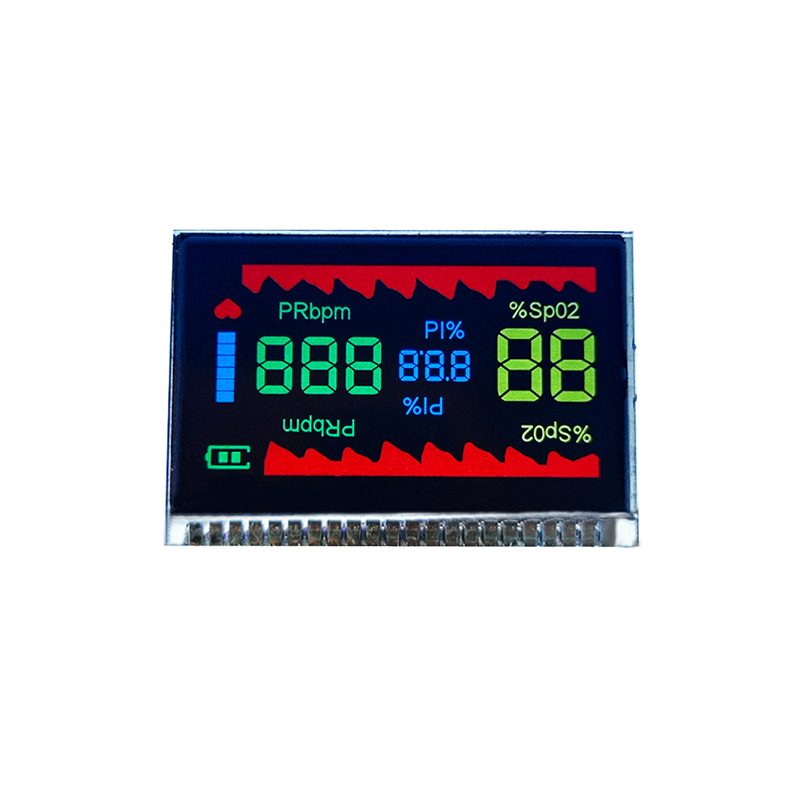
This guide explores the key factors to consider when selecting a reflective LCD display, helping you find the perfect RLCD for your specific needs. We delve into different types, applications, and crucial specifications to ensure you make an informed decision.
Reflective LCDs, unlike transmissive LCDs, don't require a backlight. They reflect ambient light to produce an image, making them ideal for applications requiring low power consumption and high visibility in bright environments. This characteristic makes them a popular choice in various industries.
Several types of RLCDs exist, each with its own strengths and weaknesses. These include:
The choice depends on the specific application and required performance characteristics. For instance, a simple industrial application might benefit from a cost-effective TN RLCD, while a high-end application might require the superior color accuracy of an IPS RLCD.
These are crucial for readability and image quality. A wider viewing angle allows for clear visibility from various perspectives, while a higher contrast ratio enhances the sharpness and clarity of the displayed information. The specifications of these features are usually provided by the manufacturer. Look for specifications sheets provided by suppliers like Dalian Eastern Display Co., Ltd. for detailed information on their RLCD products.
One of the significant advantages of RLCDs is their low power consumption. This is because they do not require a backlight, making them suitable for battery-powered devices or applications where energy efficiency is paramount. Always check the manufacturer's specifications for exact power consumption details.
Depending on the application, the operating temperature range of the RLCD is a critical factor. Some RLCDs are designed to operate within a broader temperature range than others. Verify the specified operating temperature to ensure compatibility with your environment.
The size and resolution of the RLCD should match the application requirements. Larger displays might be needed for applications demanding more visual information, while higher resolutions provide greater detail and clarity.
Consider the durability and lifespan of the RLCD, especially for applications requiring extended usage. Look for displays with robust constructions and long lifespans to minimize replacements and downtime. Consult technical specifications for expected lifespan information.
RLCDs are widely used in industrial settings due to their readability in bright sunlight and low power consumption. Applications include industrial controls, meters, and outdoor signage.
While less common in mainstream consumer electronics compared to transmissive LCDs, specialized applications can leverage the benefits of RLCDs. Examples include certain types of watches or calculators.
Some automotive displays utilize RLCDs for their ability to function well even in direct sunlight. These are often used in dashboards or secondary displays.
| Feature | Model A | Model B | Model C |
|---|---|---|---|
| Size (inches) | 2.4 | 3.5 | 5.0 |
| Resolution | 128x64 | 240x128 | 480x272 |
| Contrast Ratio | 300:1 | 400:1 | 500:1 |
| Viewing Angle | 60° | 70° | 80° |
Note: This is a sample comparison. Specific models and specifications vary by manufacturer.
Choosing the best RLCD involves careful consideration of various factors. By understanding the differences between various types, and prioritizing key features based on your application, you can select a display that perfectly meets your needs. Remember to always consult the manufacturer’s specifications and consider factors like viewing angles, contrast ratios, power consumption, and operating temperature range.












